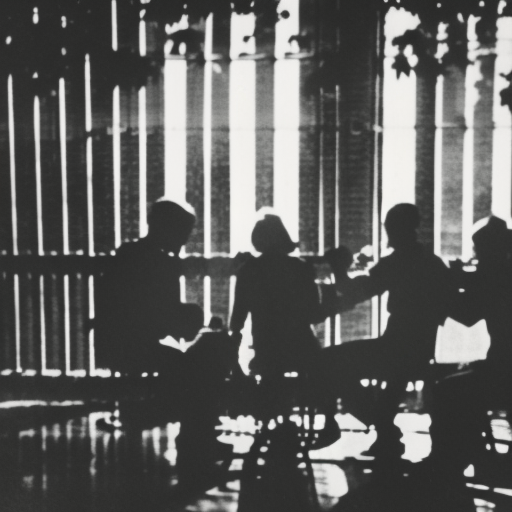Summary:
The Boxer Rebellion was a violent anti-foreign and anti-Christian movement that took place in China from 1899 to 1901. It was led by a secret society known as the Boxers, who sought to expel all foreigners from the country and restore traditional Chinese values. The rebellion resulted in the deaths of thousands of Chinese Christians, foreigners, and Chinese officials who were seen as collaborating with the foreigners. The intervention of a multinational force eventually suppressed the rebellion and led to significant changes in China’s relationship with the outside world.
Background:
In the late 19th century, China was facing significant internal and external challenges. The country was weakened by corruption, economic instability, and the encroachment of foreign powers. The Qing Dynasty, which had ruled China for centuries, was losing its grip on power. Foreign powers, particularly European countries and Japan, were exploiting China’s weakness to gain economic and territorial concessions.
The Rise of the Boxers:
Amidst this turmoil, the Boxer movement emerged in northern China. The Boxers, also known as the Society of Righteous and Harmonious Fists, were a secret society that practiced martial arts and believed in the mystical power of their rituals to make them impervious to bullets. They blamed China’s problems on the presence of foreigners and Christian missionaries, whom they saw as corrupting Chinese society and culture.
Violence and Rebellion:
The Boxers began attacking foreigners, Christian missionaries, and Chinese Christians in 1899. They targeted foreign legations, Christian churches, and Chinese officials who were seen as collaborating with the foreigners. The Qing government initially supported the Boxers, seeing them as a way to rally nationalist sentiment and expel the foreigners. However, as the violence escalated, the government’s position became more complicated, as it risked losing the support of foreign powers.
International Response:
Foreign powers, alarmed by the violence and the threat to their interests, formed an international coalition to intervene in China. Troops from countries such as the United States, Britain, France, Germany, Russia, and Japan were dispatched to protect their citizens and suppress the rebellion. The multinational force faced significant resistance from the Boxers and Chinese troops loyal to the Qing government.
Suppression and Aftermath:
The multinational force eventually defeated the Boxers and occupied Beijing in August 1900. The Qing government was forced to sign the Boxer Protocol, which imposed heavy indemnities on China and allowed foreign powers to station troops in the country. The rebellion exposed the weakness of the Qing Dynasty and further eroded its authority. It also fueled nationalist sentiment in China and contributed to the eventual downfall of the dynasty in 1911.
Impact:
The Boxer Rebellion had significant consequences for China’s relationship with the outside world. It led to increased foreign control and influence in China, as well as the loss of territory and economic concessions. The rebellion also highlighted the need for China to modernize and strengthen itself to resist foreign encroachment. It played a role in the rise of revolutionary movements and the eventual establishment of the Republic of China in 1912.
In conclusion, the Boxer Rebellion was a violent uprising in China against foreign powers and Christian missionaries. Led by the Boxers, a secret society, the rebellion resulted in the deaths of thousands and led to the intervention of a multinational force. The rebellion exposed the weakness of the Qing Dynasty and had significant consequences for China’s relationship with the outside world. It played a role in the eventual downfall of the dynasty and the rise of revolutionary movements in China.












